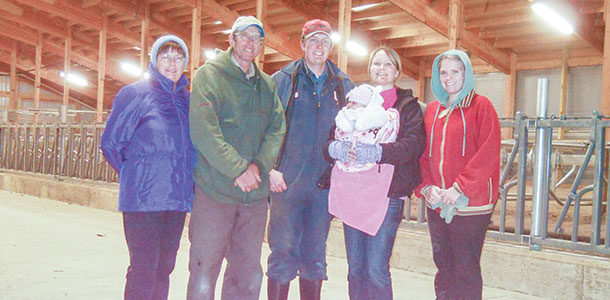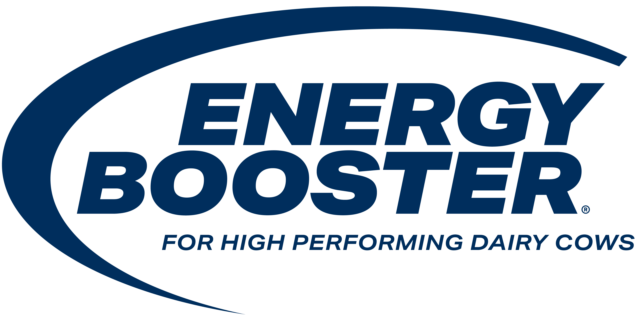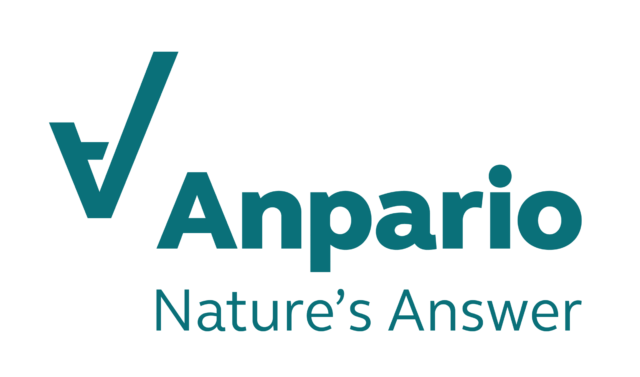The New York Times recently spotlighted O.A. Borden & Sons dairy in Schaghticoke, New York, which has switched to a robotic milking system. Seventh-generation dairyman Mike Borden talks about the experience of being interviewed for the article.
How was the interview arranged?
The reporter from the New York Times had seen one of the articles written by the local papers after the robot barn was put in, and he called and asked to do a story. The local reporters found out about our robot project when they were here doing an article on our apple crop – we have an orchard as well – and saw the new barn being built on the hill.
They asked us what was going on, and we told them about the robots, and they asked to come back and see them when we were done. They called monthly until we were up and going. They’d never seen or heard of anything like it.
Have you done other interviews in the past? Was this interview different?
Before the New York Times article, we’d had several other local papers come do interviews. Before that, we had done the occasional interview about the weather or crops, state of the industry, etc. This one was different because we knew it would reach a much larger and different audience.
Why did you consentto the interview?
We felt like it was important to take the opportunity to share our story, and this story had the potential to reach a big audience.
Were you nervous?How did you prepare?
No, not really. We had done lots of interviews about the robots already.
What was the most surprising thing about the interview?
The local reporters had at least seen a cow before. This reporter knew nothing. We even had to explain that a cow had four teats. That being said, he was a fast learner and did take the time to really try to understand.
Were you happywith the final product?
Yeah, for the most part. In an effort to tell both sides of the story, the reporter called HSUS [Humane Society of the U.S.] to see if they had an opinion on robots. We didn’t know he was going to do that. But it didn’t really matter because the article really was very positive.
What was the most difficult question?
“Do the robots make dairying more fun?” He kept repeating that question over and over, and I could tell he really wanted to put that quote in the article.
I finally conceded, thinking that a wider audience would relate to the notion of new technology being “fun” even though the robots are just another tool to get our job done. Vacations are fun. Robots are work. But the reporter was trying to keep the article light and positive, so I went along with it.
Have you had any feedback because of the article?
Oh yes, that article ran on the front page of the New York Times, and it was the top story on their website. They even sent a photographer out to do a video that ran on the website. We were contacted by several national news agencies after that.
People and friends from all over the country saw the article online and contacted us to congratulate. All in all, it was very positive. I contacted the reporter after it ran and thanked him for doing a great job with the article and helping us tell our story.
What advice would you havefor other producers who may be doing interviews?
Keep things light and simple. Reporters have limited time and understanding of what we do, so they don’t need to know details. Always speak in a positive light. You’d be surprised at what quotes will end up in a piece, so if you have something you want to get across, make sure to keep repeating that message. [For example,] “The cows are very calm and happy with the robots.” PD
PHOTO
Members of the Borden family, from left to right: JoAnne, Tom, Mike, Lisa, Evelyn and Susan. Photo courtesy of Mike Borden.




